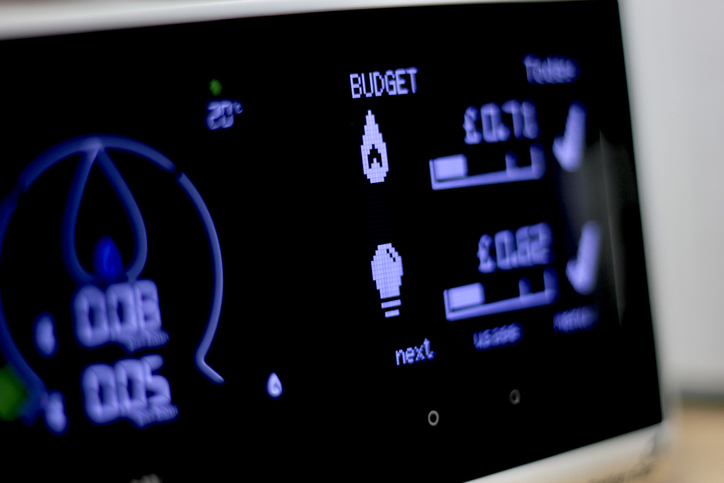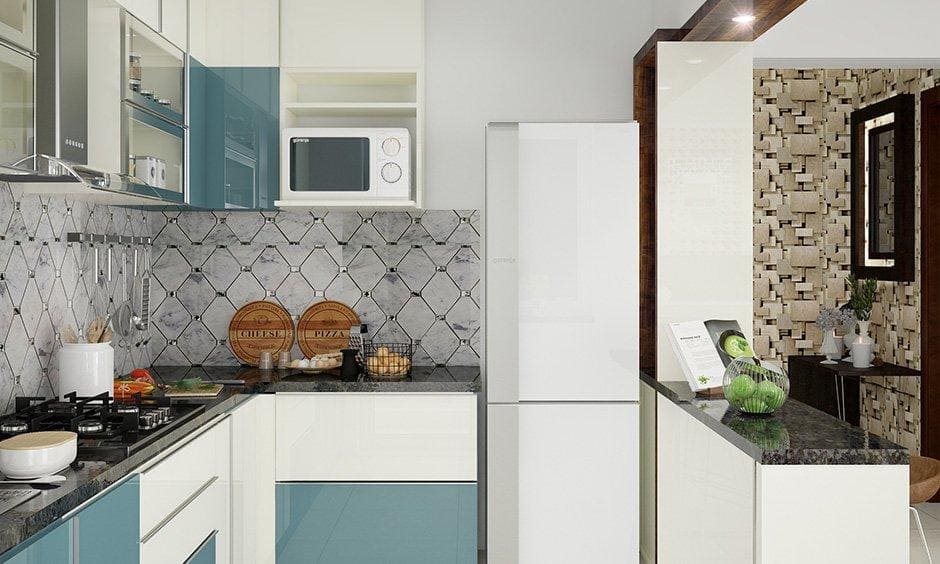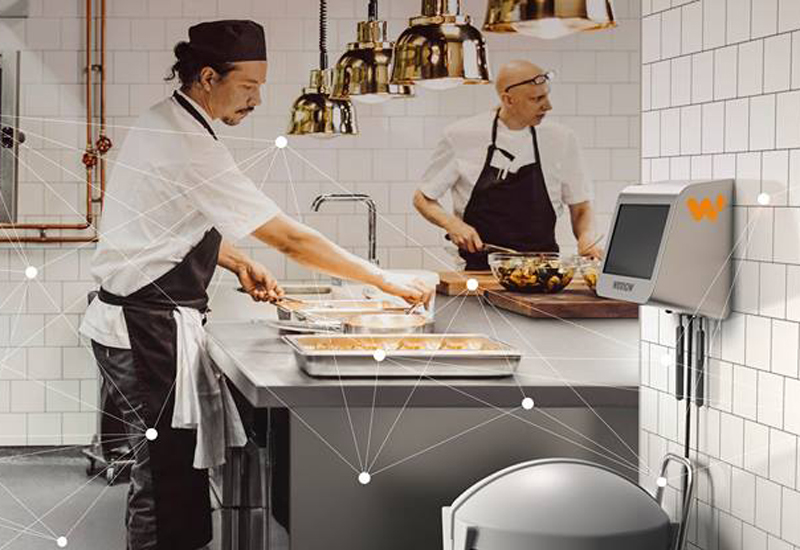In today’s fast-paced world, transforming your old home into a smart haven is not just a trend, but a necessity. Whether you’re a tech enthusiast or simply looking to make life more convenient, knowing how to upgrade old home to smart home is essential. This guide will walk you through the process, offering insights, tips, and practical advice.

Understanding the Smart Home Concept
A smart home refers to a residence equipped with technology that automates tasks normally handled by people. From lighting to security, smart homes offer convenience, efficiency, and a touch of futuristic living.
The Benefits of a Smart Home
Upgrading to a smart home offers numerous advantages:
- Enhanced Security
- Improved Energy Efficiency
- Increased Convenience and Comfort
- Remote Access and Control
Assessing Your Current Setup
Before diving into upgrades, evaluate your current home setup. Identify potential areas for improvement and determine which smart technologies would best suit your needs.
Identifying Key Areas for Upgrade
Focus on areas like lighting, heating, security, and entertainment. Consider the age and efficiency of your existing systems.
Choosing the Right Smart Home Devices
Selecting the right devices is crucial. From smart thermostats to intelligent lighting systems, the options are vast. It’s important to choose devices that are compatible with your current systems and meet your specific needs.
Smart Lighting Solutions
Smart lighting systems allow you to control lights remotely, set schedules, and even change colors to suit your mood. Consider investing in smart bulbs and switches for a start.
Enhancing Security with Smart Technology
Security is a top priority in any home. Integrating smart technology can significantly enhance your home’s safety.
Smart Security Cameras and Systems
Install smart security cameras that offer real-time monitoring and alerts. These systems can be controlled via smartphones, providing peace of mind whether you’re at home or away.
Improving Energy Efficiency
Energy efficiency is not only environmentally friendly but also cost-effective. Smart technologies can help reduce energy consumption.
Smart Thermostats
A smart thermostat adjusts the temperature based on your schedule and preferences, optimizing energy use and reducing utility bills.
Integrating Smart Home Assistants
Smart home assistants like Amazon Echo or Google Home can centralize control of your devices, making automation seamless.
Setting Up Routines
Use assistants to set up routines that automate daily tasks. For more on this, explore Setting Routines with Alexa.
Utilizing IFTTT for Smart Home Automation
IFTTT (If This Then That) is a powerful tool for creating automation scripts that link various smart devices.
Creating Custom Automations
Learn how to design your own automation scripts at IFTTT for Smart Home.
Ensuring Compatibility and Connectivity
Ensure your devices are compatible with each other and your home’s existing infrastructure. Invest in a strong Wi-Fi network to support your smart home ecosystem.
Router and Network Considerations
Upgrade to a high-performance router to handle the increased demand of smart devices.
Enhancing Living Spaces
Smart technology can transform your living spaces, making them more comfortable and personalized.
Smart Entertainment Systems
Integrate your entertainment systems with smart technology for a seamless viewing and listening experience.
Smart Solutions for Elderly Care
For families with elderly members, smart homes can provide safety and independence. Discover more at Smart Home for Elderly Care.
Maintaining Your Smart Home
Regular maintenance ensures your smart home continues to function optimally. Update software, check device functionality, and troubleshoot issues promptly.

FAQs
How much does it cost to upgrade to a smart home?
The cost varies depending on the extent of upgrades and the devices chosen. A basic setup could start at a few hundred dollars.
Can I install smart devices myself?
Many smart devices are designed for DIY installation, but professional assistance is recommended for complex systems.
Is a smart home secure?
Ensuring robust security measures and regular updates can make your smart home secure. Use strong passwords and enable two-factor authentication.
Transforming your old home into a smart home is a worthwhile investment that enhances comfort, security, and efficiency. For more detailed guidance, visit this comprehensive guide.





